Last Update: 4 Jan 2022.
1.4 Mass balance audits
Found in:
Quality Pork Charter Rules / Guidance for traceability & mass balance audits
A forward mass balance audit shall be undertaken on assured product. A mass balance or quantity check is generally defined as a reconciliation of the amount of incoming raw material against the quantity of finished product taking into account process waste and rework. The finished product shall be aligned to the scope of activities of the pork module under audit. Finished product shall have a different interpretation for an abattoir/cutting plant operation as opposed to a site that that undertakes finished packing of processed product e.g. BMPA quality Assured Ham and Cooked Pork, Bacon or Sausage.
The scope of mass balance audits covers All BMPA pork modules (including external cold stores)
1.4.1 Objective & frequency – The overarching objective of a mass balance exercise shall be for the site to demonstrate through their traceability systems, procedures and control of operations that the quantity of assured finished product does not exceed the quantity of received assured pork material. The frequency of the mass balance audits shall be aligned to the requirements of the pork module.
1.4.2 Principles of mass balance – It is recognised that manufacturing operations differ; therefore, charter participant may have developed systems for undertaking mass balance specific to the type of operation. The following principles are therefore for guidance only:
Prior to instigating a mass balance challenge the auditor shall take into consideration the complexity of the operations of the site and a reasonable and acceptable volume of product to be challenged.
- Select a batch or consignment of assured product
- Identify the quantity of assured product supplied with that batch code
- Identify all the final products in which the assured material was used
- Use production records e.g., production planning records, butchery records, recipes, weigh out records to calculate the quantities used
- Account for any known waste, yields reports, residuals or rework
- Calculate the quantity of any unused material held in storage
- Reconcile the quantity delivered against the amounts used including any residual stock unused
- The target for the reconciliation of weight shall fall within the range of 95 to 100%.
1.4.3 Recommended time for reconciliation of data – It is expected that a mass balance challenge shall be completed by the conclusion of the day’s audit. Where a site is unable to complete the mass balance challenge within the recommended time, a non-conformance shall be raised.
1.4.4 Recording calculations and data – All calculations relating to the mass balance challenge shall be prepared in electronic format by the site and presented for review to the auditor. The report shall be included as an appendix to the mass balance audit report. See example below, mass balance may be done by both weight and count or a combination of both.
| Ingredient | Opening Stock | Quantity Received | Total Stock | Quantity Used | Wastage | Theoretical Closing Stock | Actual Closing Stock | Difference between the theoretical and actual closing stock |
|---|---|---|---|---|---|---|---|---|
1.4.5 Examination of financial records – The BMPA Quality Pork Charter rules stipulate that a charter participant shall make readily available on request to the auditor, financial records of the company that shall be deemed appropriate where issues have occurred and specifically related to the purchase of pork material.
The rationale to undertake an examination of the financial records shall be to verify the quantity of pork material purchased against quantity of finished product. Where an examination of the financial records is undertaken, the auditor shall prepare a short summary report. In compiling the summary report, the auditor shall make every effort not to compromise the scheme participant’s confidentiality.
1.4.6 Mass balance as part of internal risk assessment – The expectation concerning the annual risk assessment of the participant’s traceability system and procedures is to evaluate the robustness of both product identification, forward and backward traceability and mass balance at each step of the process from intake through to dispatch, and the consequence and corrective actions to be taken if the capability to identify and trace product is lost. (A process flow diagram would ensure that each touch point for traceability is assessed). It should also include a review of the trace and mass balance audits carried out in the previous 12 months, providing evidence of whether the system is effective or not. Evaluation of any non-conformances previously raised, root cause analysis, and corrective actions taken, should take place. This review should highlight any long-term developing trends and thus provide early opportunity for intervention.

